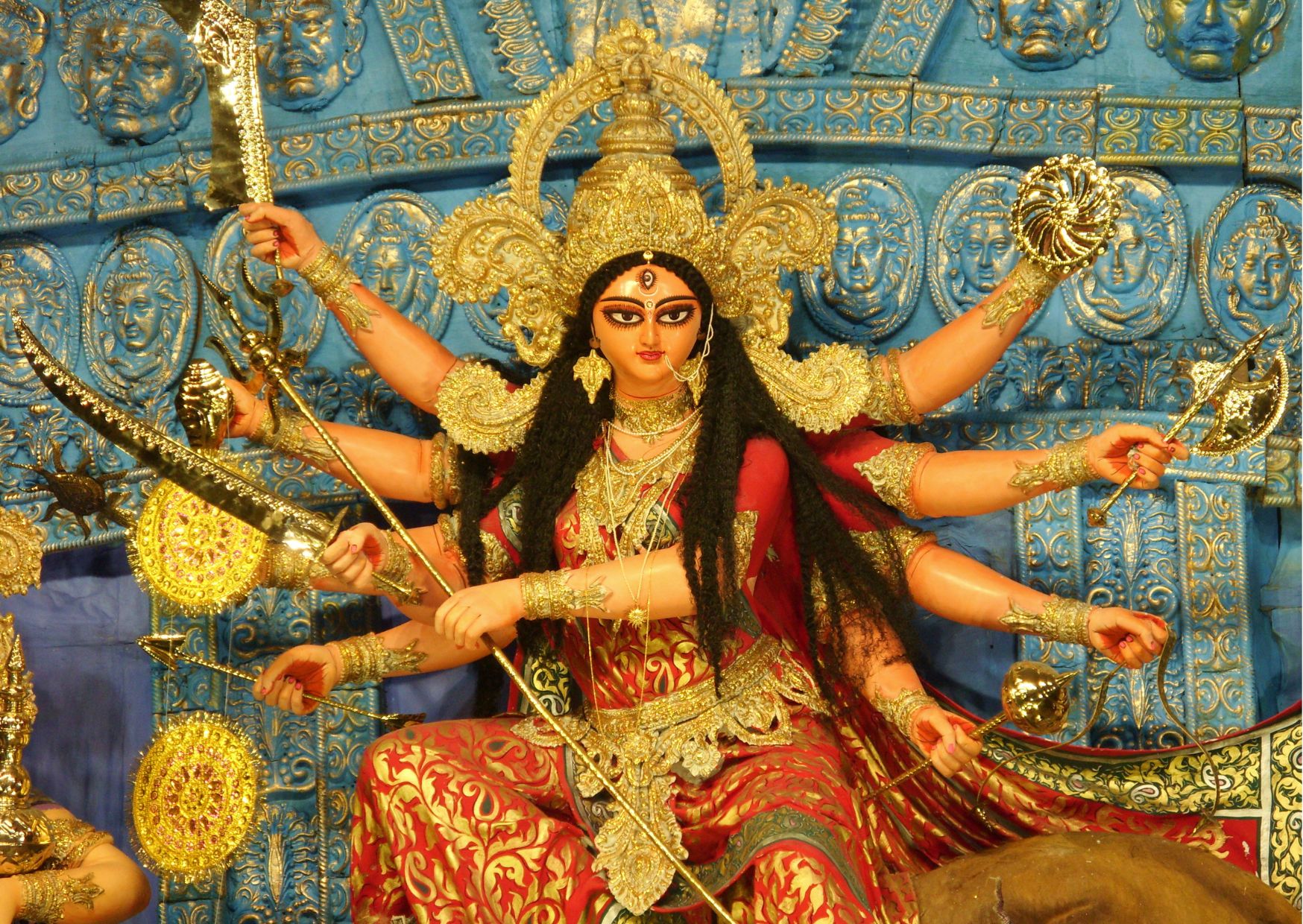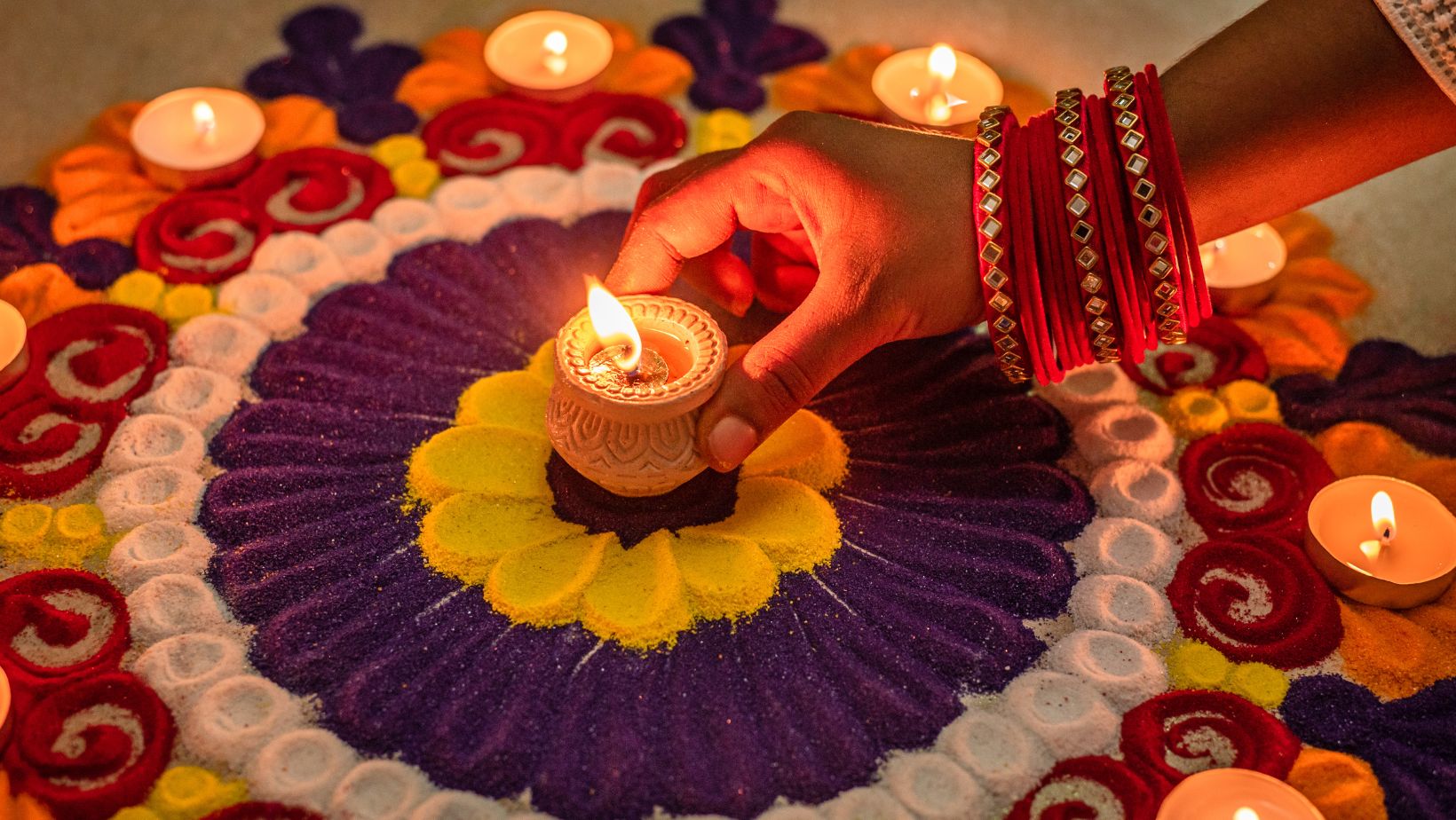Chhatrapati Shivaji Maharaj: the beloved King, remembered each Deepawali in Maharashtra
Killa /किल्ला or gadh / गड are close to every Maharashtrian's heart as they're reminiscent of Chhatrapati Shivaji Maharaj's indomitable courage
Years after he is gone, children across Maharashtra build killas (Forts) to remember Shivaji on Deepawali. The excitement begins weeks in advance.
'Even when exams would be on we would start preparing for building the killa (replicas of Shivaji's fort). As soon as exams would end we would build the fort and grow grass on its roof'. That's how crazy we were for building Shivaji forts for Deepawali', said Pooja Sarnayakar a postgraduate student.

'I made a large fort last year as I was visiting my grandparents in Nagpur and they have space in the house. We love our Chhatrapati Maharaj. I build these forts only because I love him. He is a symbol of courage for us. We learn to never give up. Plus he had a heart of gold. He achieved the impossible in his lifetime. How can we not love and cherish him? I have seen even slum children build the forts in the little area they have'? says 19 years old Sharang Bhide.
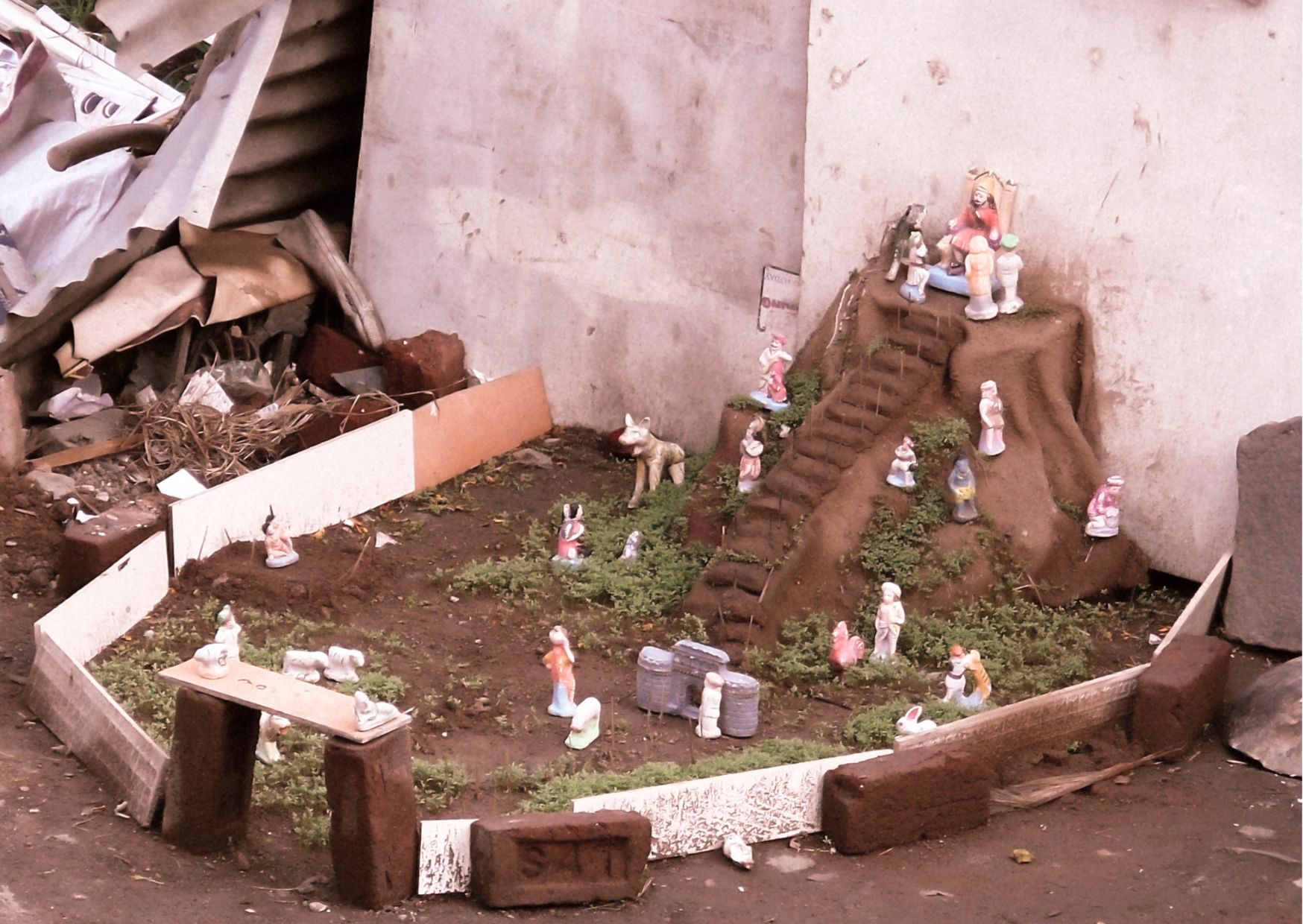
'Shivaji forts are an intrinsic and inseparable part of Maharashtrian and Indian history. Shivaji was one of the greatest kings to walk on Earth. When we build miniatures of his forts we don't just remember him, we renew our faith in courage and dharma. It is the perfect way to celebrate Deepawali, a festival that celebrates the victory of Shri Ram over Ravan', says 27 years old Shreyas Gurav.
Shivaji was born when brutal Islamic rule was at its peak in India under the tyrant Aurangzeb. It was under Aurangzeb that a large part of India was under Islamic rule for the first time. Otherwise, it was restricted to Delhi and North-Central India. Born in Shivneri Fort, the humble hill boy Shivaji grew up to become Aurangzeb's worst nightmare. Even though untrained and alone, Shivaji raised a little army from simple hill boys, who rode the small hill horses. Just with that, he managed to defeat trained and armed armies of the numerous established kingdoms around him, including that of Aurangzeb.
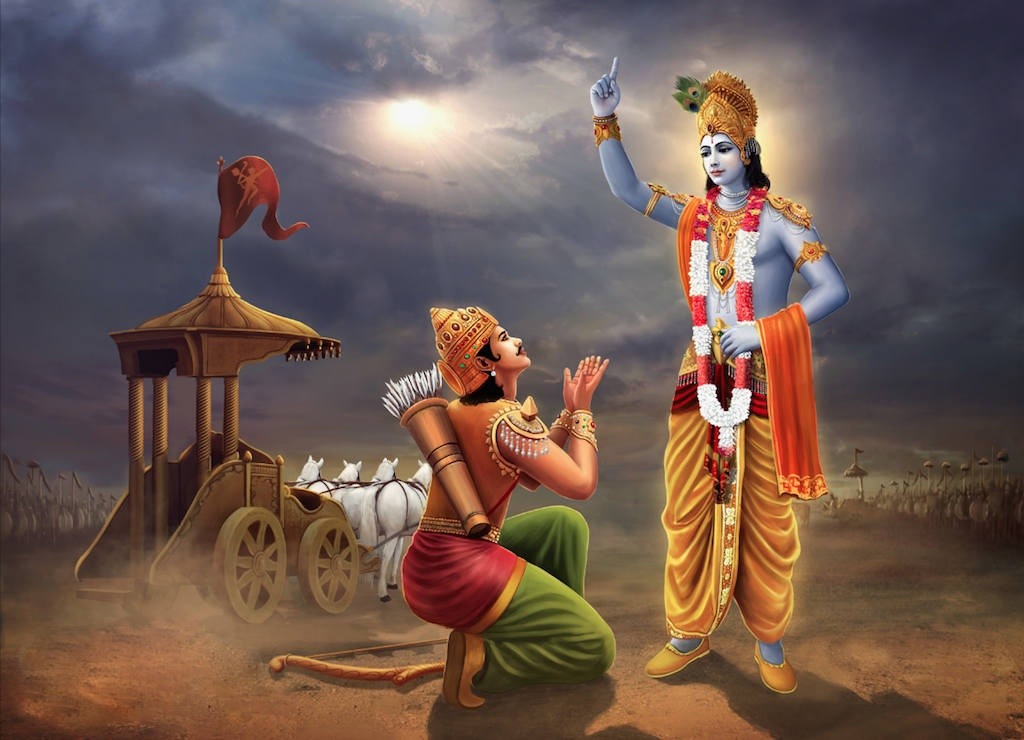
Raised on luxurious doses of lessons from Ramayana and Mahabharata, young Shivaji understood the essence of dharma along with the importance of wit, strategy, and strength. He captured his first three forts as a young lad with just a handful of boys beside him. Not a drop of blood was shed. So brilliant was he. Armies that would come to capture him would find that Shivaji has taken off with their treasures and horses, as they slept! A General who came to capture him found himself in the lady's chamber with his fingers cut off, he lived the ordeal to face a lifetime of disgrace. So slippery was Shivaji that when unable to catch him, they declared him to be a ghost. Shivaji went on to have over 370 forts! Aurangzeb was quite frustrated and called Shivaji a 'hill rat'!

Right under the noses of his evil enemies, Shivaji planted his proud saffron standard, a declaration of his fight for Hindavi Swaraj (self-rule). In 1674, Shivaji was crowned Chhatrapati in his Raigarh Fort. The genesis of the Maratha Kingdom was carved out of the declining Adilshahi sultanate of Bijapur. By the 18th century, the Maratha Empire came to cover most of the Indian subcontinent.

The arrival of Shivaji injected new hope into the lives of native Indians who had after 600 years of resistance begun to give up. Eyes that were dead had a new light in them. Deepawali was now celebrated with heartfelt joy. Hope was currency again.
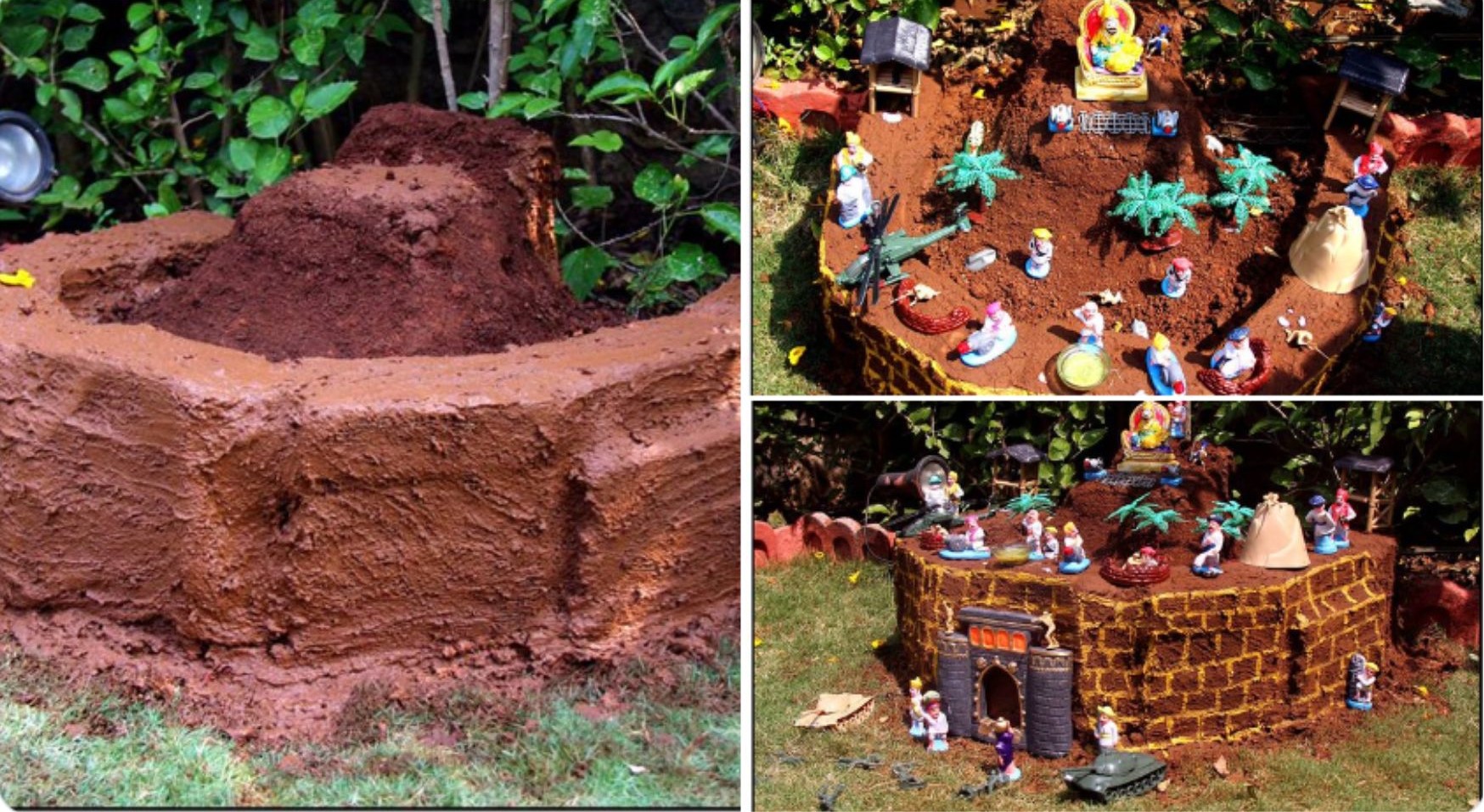
Making a #Killa or a fort out of mud and bricks and decorating it with clay figurines of Shivaji Maharaj and his army is a quaint #Diwali tradition in Maharashtra. This is our #Killa of last Diwali, complete with a chopper ready for Maharaj to fly out at a moment's notice! pic.twitter.com/HNH3mRh19q — Shefali Vaidya. 🇮🇳 (@ShefVaidya) October 25, 2018
Years later when India was writhing under rapacious colonial rule, the beloved People's King, Shivaji Maharaj would be invoked, in a special way.
For Deepawali, children began building miniatures of his impenetrable forts. The thought behind this was to remind oneself that- if a single hill boy could spark the fire of Hindavi Swaraj during the most barbaric times, surely we Indians can overthrow the brutal colonial rule today. During peak Islamic rule, Shivaji had become a symbol of and reason for swarajya. He could do the same now.
*cover image: Pratapgarh Fort, Pune


